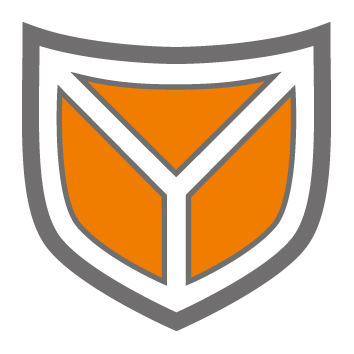APT-IOC Scanner – Advanced Persistent Threat Scanner – SECUINFRA
Recognized in the Category:
Photo Gallery
 |
|
|
APT-IOC Scanner – Advanced Persistent Threat Scanner – SECUINFRA


Additional Info
| Company | SECUINFRA GmbH |
| Company size | 50 - 99 employees |
| World Region | Europe |
| Website | http://www.secuinfra.com |
NOMINATION HIGHLIGHTS
Unlike traditional antivirus software, an APT scanner doesn’t look for fragments of malicious code, but for traces of an attack – indicators of compromise (IOCs) – as in a forensic investigation.
To do this, the APT scanner uses a set of rules that includes the IOCs.
This set of rules is applied to various artefacts on a system (files, folder structures, running processes, RAM contents, log data, etc.) to look for traces of previous and ongoing cyber attacks.
Thanks to international cooperation in the cyber defence community, new cyber attacks are constantly being analysed. The derived IOCs are then stored as new rules in the APT scanner.
This ensures that an APT scanner becomes more accurate over time and, unlike traditional antivirus software, has an extremely high detection rate for compromised systems.
During a cyber-attack, attackers or an APT group use different tools and techniques to achieve their goals. They inevitably leave detectable traces on compromised systems. While smart attackers can cover their tracks to some extent, they can’t remove all traces of their presence!
Indicators of compromise (IOCs) can be derived by analysing compromised IT systems and gathering evidence.
These IOCs are added to the APT scanner’s rule set and used in future scans.
The APT Scanner can be very efficient in detecting attackers using similar tools and techniques, significantly speeding up complex forensic investigations.
Key Capabilities / Features
Advanced Persistent Threats (APT) are complex, multi-stage attacks. This type of attack is usually targeted and can last for months or even years. Here is a basic overview of how such attacks can take place:
Identifying and researching the target: Firstly, the attackers identify their targets and research them in depth to find vulnerabilities. These can be organisations or individuals. They gather as much information as possible to plan their attack strategy.
Infiltration: Once an attack plan has been drawn up, the attackers attempt to penetrate the target's network. Various methods can be used for this, e.g. phishing attacks, the use of zero-day exploits or the deployment of malware.
Movement within the network (lateral movement): Once they have gained access to the network, they attempt to expand their presence by moving to other systems. This process is known as lateral movement. The aim is to gain access to valuable data or resources and take control of the network.
Persistence: APT attackers try to make their presence in the network as inconspicuous and permanent as possible. Various techniques can be used to achieve this, such as installing backdoors, creating fake user accounts or exploiting system vulnerabilities.
Exfiltration: Once the attackers have gained access to the desired information, they begin with exfiltration, i.e. they transfer the data out of the network unnoticed.
Obfuscation: Finally, the attacker will try to cover all traces of their activities to avoid detection at a later stage.
It is important to note that APT attacks are difficult to detect and remediate due to their complexity and targeting. Therefore, a proactive security strategy based on threat intelligence, regular security audits and continuous monitoring is crucial.
How we are different
MINIMISE DAMAGE
Prevent greater damage by detecting compromised systems at an early stage. Since 2017, SECUINFRA's cyber defence experts have been searching for and finding compromised systems on a daily basis, helping to minimise damage.
RELIABILITY
Play it safe and let our SECUINFRA cyber defence experts regularly scan your most critical systems for Indicators of Compromise (IOCs). We can reliably find compromised systems in your infrastructure.
EFFICIENCY
APT scanners are by far the most reliable and efficient technology for detecting compromised IT systems. Increase your cyber resilience with the reliability of APT scanners and reduce costs with the efficiency of the technology.

Vote by Sharing
- Like
- Digg
- Tumblr
- VKontakte
- Buffer
- Love This
- Odnoklassniki
- Meneame
- Blogger
- Amazon
- Yahoo Mail
- Gmail
- AOL
- Newsvine
- HackerNews
- Evernote
- MySpace
- Mail.ru
- Viadeo
- Line
- Comments
- SMS
- Viber
- Telegram
- Subscribe
- Facebook Messenger
- Kakao
- LiveJournal
- Yammer
- Edgar
- Fintel
- Mix
- Instapaper
- Copy Link
Each completed social share counts as a vote for this award nomination.



